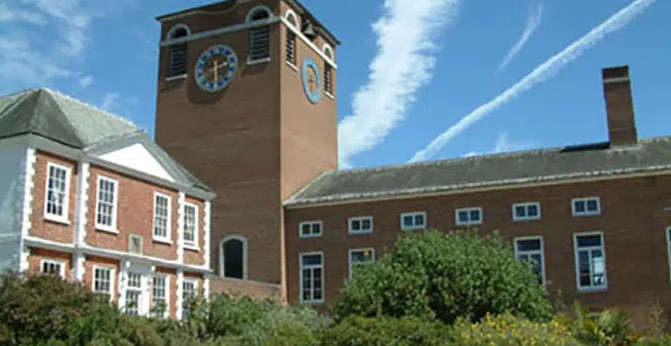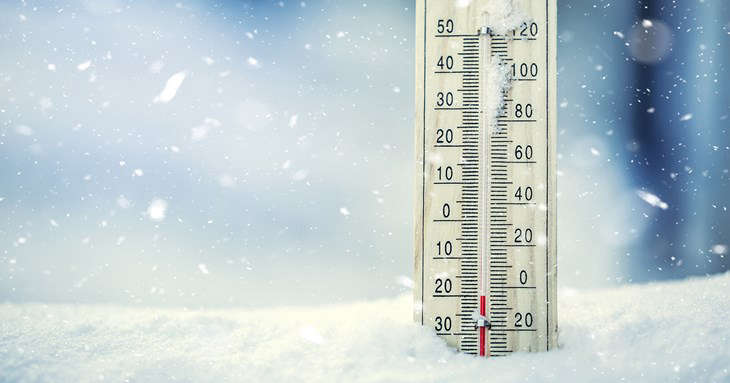
Three historic names from the Met Office’s 170-year history have been included in the new storm names list for the 2024/25 season.
Three historic names from the Met Office’s 170-year history have been included in the new storm names list for the 2024/25 season.
James, Lewis and Mavis have all been included. James is named after Group Captain James Stagg, whose D-Day forecast was critical to the outcome of World War II. Lewis after Lewis Fry Richardson, who devised a theory to use maths and physics to make weather forecasts using computers, and Mavis after Mavis Hinds, who undertook pioneering work on the earliest Met Office computers.
The Met Office, in partnership with Met Éireann and KNMI, have announced the new list of storm names for the 2024/25 season.
- Ashley, Bert and Conall will be the first three named storms by the group this season.
- Met Office contributions to the list include submissions from the public and names of significant people from our 170-year history.
- Naming storms helps to communicate the risks of severe weather.
Storms will get named by the group when they’re deemed to have the potential to cause ‘medium’ or ‘high’ impacts in the UK, Ireland or the Netherlands. Wind is the primary consideration for naming a storm, but additional impacts from rain or snow will also be considered in the naming process.
The Met Office and partners started naming storms in 2015. The list runs from early September to late August the following year to coincide with the start of autumn and the end of summer, when the likelihood of low-pressure systems and the potential for named storms increase.
Met Office Head of Situational Awareness Will Lang, who leads responses in times of severe weather, said: “This is the tenth year of us naming storms and we do it because it works. Naming storms helps to make communication of severe weather easier and provides clarity when people could be impacted by the weather.
“For Storm Babet, which brought exceptional rainfall to parts of eastern Scotland in October 2023, post event surveys suggest 97% of people within the amber and red warning areas were aware of the warnings and 89% of them took action as a result.
“This year, as we celebrate our 170th birthday, it’s great to be able to honour those who have had an impact on our long history of pioneering weather and climate science services.”

 Councillors asked to put democracy first ahead of political self-interest
Councillors asked to put democracy first ahead of political self-interest
 UKHSA and Met office extend amber Cold-Health Alert for the South West
UKHSA and Met office extend amber Cold-Health Alert for the South West
 GWR launches 2026/27 Customer and Community Improvement Fund
GWR launches 2026/27 Customer and Community Improvement Fund
 Cutting Energy bills this winter
Cutting Energy bills this winter










